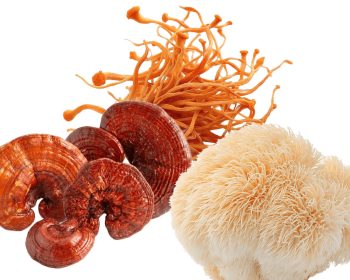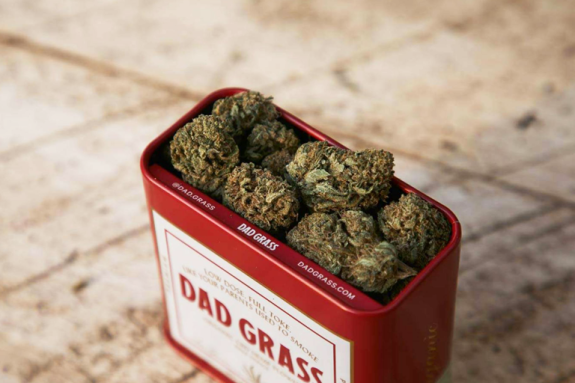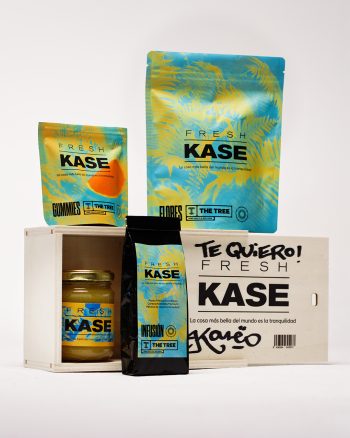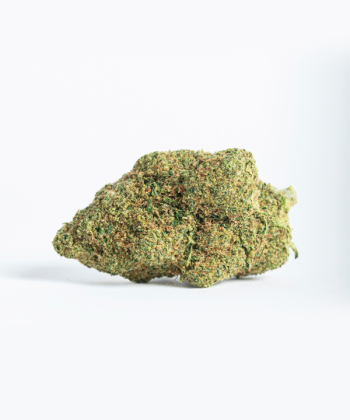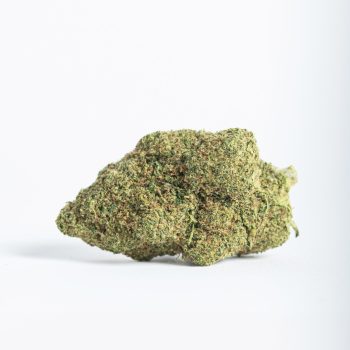Cannabis breeders usually classify themselves into three species (sativa, indica and ruderalis), but this division has not always been the case and it may not always be that way. This is because more and more taxonomists are advocating a reclassification more in line with new genetic discoveries of recent years.
The first to describe the characteristics of cannabis as a plant species was Charles Linnaeus himself, who is considered the father of modern taxonomy (the science of classifying living things). According to his criteria, there was only one species of cannabis, which he named Cannabis sativa Linnaeus.
However, a few years later, Lamarck, the French naturalist who formulated the first theory of biological evolution, considered cannabis from India to be different from European cannabis and, to differentiate it, called it Cannabis indica.
This classification remained for more than 100 years, until, well into the 20th century, Dmitri Yanishevksi proposed Cannabis ruderalis Yanish as a species. Although other species and subspecies have been suggested, they have not been accepted and cannabis is now classified into sativa, indica and ruderalis strains or subspecies.
It should be noted that there are also some varieties such as Sundae Driver CBD that is classified as 50% indica and 50% sativa. Within the flowers Cali Weed, varieties that have a special trim, giving the flower a rock-like appearance, you can find both sativa and indica varieties.
Cannabis sativa: history and characteristics
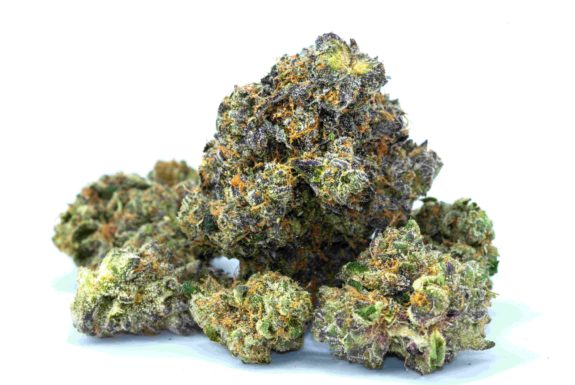 European hemp was originally classified as Cannabis sativa. This type of cannabis was mostly cultivated for industrial purposes, so it was not the flowers but the fibre and seeds that were used.
European hemp was originally classified as Cannabis sativa. This type of cannabis was mostly cultivated for industrial purposes, so it was not the flowers but the fibre and seeds that were used.
Cannabis has been with mankind for thousands of years, but contrary to what one might think at first glance, it is not because of its physiological effects, but because of its usefulness and versatility.
We are talking about a plant that not only has great medical potential, but also serves to produce very resistant clothing, ropes, paper, the most nutritious seeds in existence, and an endless number of gadgets. In fact, it is said that the sails of Columbus’ ships were made of hemp cloth, something very common at the time.
Therefore, the most important thing when breeding and cultivating hemp was not to favour the production of flowers, but the production of fibres for weaving, which are obtained from the stalk. This is one of the reasons why Cannabis sativa is characterised by its great height compared to Cannabis indica, as the aim was to obtain a long stem with a lot of fibre.
In addition to reaching great heights (usually over 2.5 m), sativa varieties produce flowers that are airy and not very compact. Their leaves also have narrow, thin leaflets.
For many years, it was believed that Cannabis sativa was a type of marijuana that produced a stimulating and giggly effect, but this is not entirely true, as it is rather due to confusion. Basically, marijuana growers and consumers call tall, narrow-leafed psychotropic plants sativas, but this name would be incorrect because sativas produce hardly any THC¹.
Cannabis indica: traits and properties
As explained in the introduction to this article, Lamarck named cannabis from Asia Cannabis indica. These indica strains, as opposed to sativas, are characterised by a rather squat stature and do not grow to such an inordinate height.
Furthermore, Cannabis indica, unlike Cannabis sativa, has been used for centuries for flower production. This means that plants producing the best and most abundant flowers were selected.
This is one of the reasons why the buds of indica strains are compact and tight. In addition, Cannabis indica produces large amounts of THC, which is why its flowers have intoxicating effects, such as confusion, laughter or drowsiness.
Cannabis ruderalis: traits and properties
Although some researchers do not consider Cannabis ruderalis as a subspecies of cannabis, it has a very particular trait: its ability to autoflower.
Cannabis usually starts to flower when the days become shorter and nighttime is longer than 11 or 12 hours. This is used to grow cannabis indoors with lights that mimic sunlight.
Plants are grown under lamps that run for 18 hours a day to induce growth and, once they reach sufficient size to flower, this lighting time is reduced to 12 hours a day, which induces flowering.
Cannabis ruderalis, on the other hand, does not need this change in the number of light/dark hours to start flowering, but does so automatically when it reaches sexual maturity. For this reason, Cannabis ruderalis is also called autoflowering cannabis, as it does not depend on light/environmental conditions to flower.
Discoveries in cannabis genetics
When the first cannabis genome sequencing and transcription project was carried out, two strains of hemp (Cannabis sativa) and one strain of marijuana (Cannabis indica) were used.
In 2011, the results were published: researchers observed that the gene responsible for determining the synthesis of THCA or CBDA (non-psychoactive acid forms of THC and CBD that precede them), manifested differently in marijuana than in hemp, making a plant psychotropic or non-psychotropic².
However, in 2015, another study found that this gene is not the only thing that differentiates hemp (Cannabis sativa) from marijuana (Cannabis indica). They analysed the genotype of 81 marijuana and 43 hemp specimens, concluding that the two show significant differences at the genomic level and that the production of THC and CBD is not the only thing that distinguishes them³.
Some experts have proposed a new taxonomic classification system, according to which there are two main species of cannabis, namely Cannabis sativa, which refers to narrow leaflet hemp (NLH), and Cannabis indica, which refers to marijuana (BLD or broad leaflet drug). The latter would in turn be divided into three subspecies: C. indica subsp. chinensis (broad leaflet hemp or BLH), C. indica subsp. afghanica (broad leaflet drug or BLD, which would correspond to the Afghan-Pakistani phenotype) and C. indica subsp. indica (narrow leaflet drug or NLD, which refers to marijuana, misnomered “sativa”). They also suggest that both species would have a common, possibly extinct, ancestor called C. ruderalis.⁴
References
- RC. Clarke & MD. Merlin (2016). Cannabis Taxonomy: The ‘Sativa’ Vs. ‘Indica’ Debate. HerbalGram The Journal of the American Botanical Council, 110, pp. 44-49.
- Van Bakel, H., Stout, J. M., Cote, A. G., Tallon, C. M., Sharpe, A. G., Hughes, T. R., & Page, J. E. (2011). The draft genome and transcriptome of Cannabis sativa. Genome biology, 12(10), 1.
- Sawler, J., Stout, J. M., Gardner, K. M., Hudson, D., Vidmar, J., Butler, L., … & Myles, S. (2015). The genetic structure of marijuana and hemp. PloS one, 10 (8), e0133292.
- Hillig, K. W. (2005). Genetic evidence for speciation in Cannabis (Cannabaceae). Genetic Resources and Crop Evolution, 52(2), pp.161-180.

